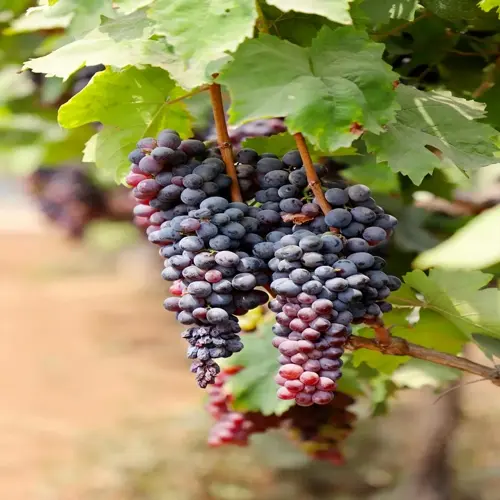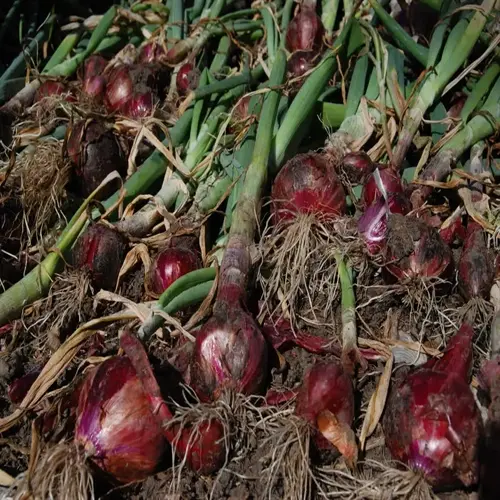How should pears be stored long-term?

Written by
Julia Anderson
Reviewed by
Prof. Martin Thorne, Ph.D.Storing pears properly really prolongs the enjoyment of your harvest when stored correctly. I save Bartlett's for holiday meals using designed cold storage procedures. European and Asian varieties require slightly different handling to preserve texture. Understanding these differences will prevent spoilage and loss of flavor.
Temperature Control
- Unripe Europeans: 29-31°F (-2 to -1°C)
- Ripe Asians: 32-35°F (0-2°C)
- Conditioned Europeans: 32-35°F after ripening
Humidity Management
- 90-95% humidity prevents dehydration
- Use plastic-lined wooden crates
- Add damp peat moss for moisture
Variety Segregation
- Store Europeans separately from Asians
- Isolate from ethylene-producing fruits
- Group by ripeness level within varieties
European pears store best unripe at close to freezing temperatures. I store Bartletts in plastic-lined storage bins with holes for ventilation. They become moist, so humidity must be maintained at a strict 90-95% to prevent skin shriveling. I check for decay spots once a month and remove any affected fruits immediately. Properly stored, European pears retain their perfect texture for about 2-4 months.
Ethylene sensitivity necessitates strict isolation protocols, so I store pears in an entirely separate crisper away from apples and bananas. Those are enough to induce premature ripening in Europeans and loss of texture in Asians. One season, I lost an entire crop of Bartletts to some tomatoes nearby. Now I keep separate storage areas in my refrigerator.
Conduct monthly inspection routines while in storage. I evaluate each pear under bright light for soft spots. Remove the affected fruits immediately to prevent contamination of the batch. Rotate the containers to ensure even airflow. This maintains quality during the storage period.
Read the full article: When to Harvest Pears: Complete Guide

